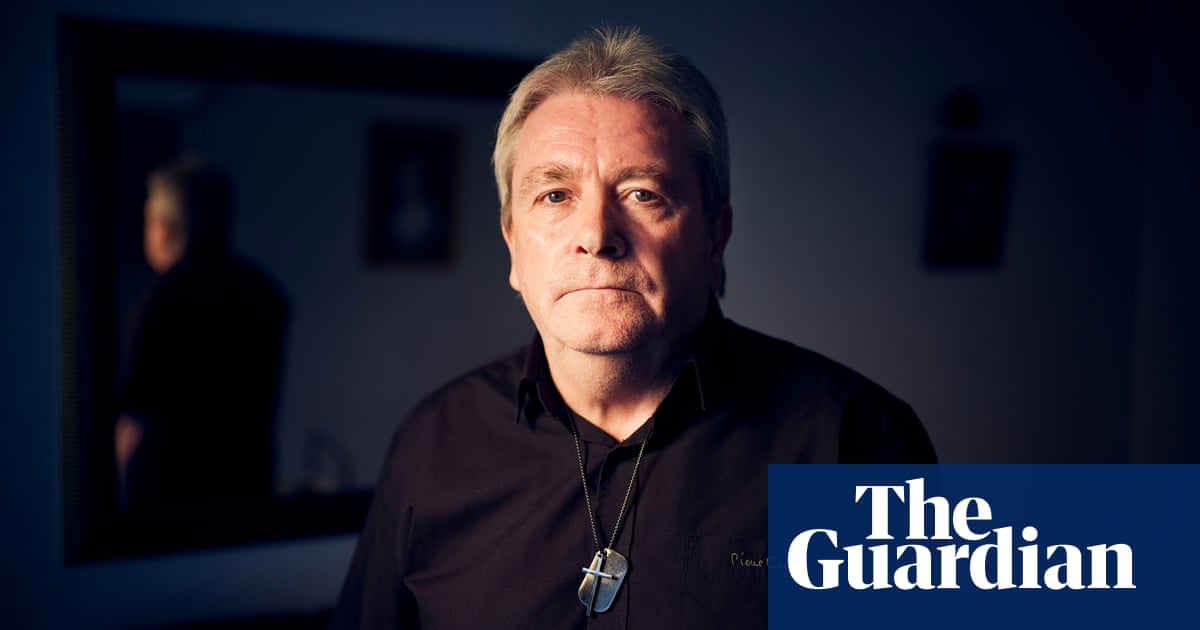
Anyone who grew up in the 1980s knew the Russian roulette thrill of watching a PG-rated film. What might have appeared tame on the surface could also contain hearts being ripped from sacrificial victims (Indiana Jones and the Temple of Doom), potty-mouthed children (The Goonies), serious kink (Flash Gordon), alligators biting off limbs (Romancing the Stone), children killed by sharks (Jaws), James Bond cheerfully throttling a woman with her bikini top (Diamonds Are Forever), Sylvester Stallone taking ludicrously severe beatings (the Rocky films), or even paranormal investigators being, er, “pleasured” by departed spirits (Ghostbusters).
In recent years, though, all of the above, plus other films of that era including Out of Africa and The Mission, have had their PG certificates revoked and replaced with 12A or 12 on DVD and streaming services. Now, if an under-12 wants to see any of the risky business above, they must do so with an adult in tow. So why the change?
According to the British Board of Film Classification (BBFC), these films were often classified PG at the time because the leap to the next category, 15, was too great. Conversely, some films clearly aimed at gore-happy children ended up as 15s (Gremlins, for instance, which is now a 12A). But on the whole, when introduced in the early 80s, PG covered a multitude of sins, even when censorial scissors were ineffectually deployed: Temple of Doom remains seriously dark, despite the cuts made for PG.
“Some scenes might not be suitable for young children,” was once advice parents carefully considered. If they rolled the dice and took the kids, it was on them, not the BBFC. Then, in 1989, the 12 certificate was introduced. Mildly scary blockbusters such as Jurassic Park (1993) and The Fellowship of the Ring (2001) were classified PG rather than 12 by the skin of their teeth. But when Spider-Man got a 12 in 2002, parents complained they couldn’t take their young children, resulting in local councils overruling the BBFC. In response, the BBFC trialled a 12A scheme, meaning children under 12 could be admitted if accompanied by an adult. It was a success, and the 12A rating became widespread.
The new rating effectively ended the era of cavalier PG ratings, and gave censors a new category to retroactively use for films that had previously pushed the boundaries. Today, PG has a much stricter top end, meaning a milder parental warning. So will today’s children get the same opportunities to widen their cinematic horizons? Is the BBFC’s stringent modern PG criterion an emblem for a mollycoddled generation?
In a sense, yes. The BBFC regularly surveys more than 10,000 people, then modifies classification guidelines to reflect public opinion. These consultations act as a way of making the BBFC accountable. Today it isn’t just sex, violence and swearing causing parental concern, but sexism, racism and discrimination in general, all of which could be present in PG films from less enlightened times. Besides, 12A also allows previously cut material to be reinstated (as with Temple of Doom). Hardly mollycoddling, or nanny-state censorship. But under revised BBFC guidelines, definitely not PG.












